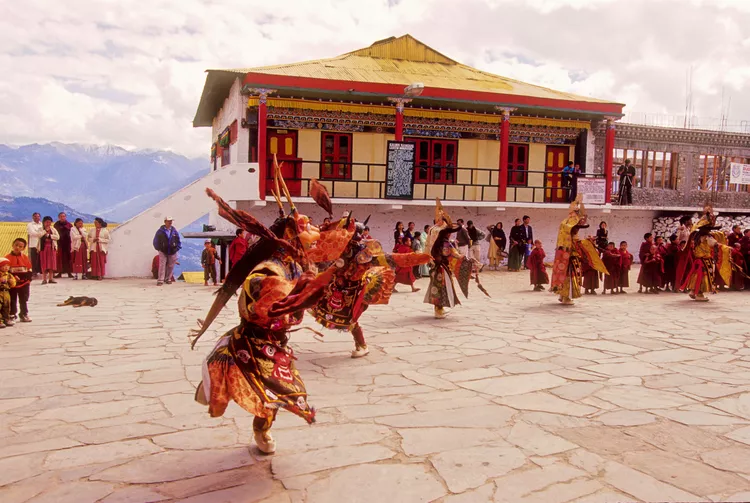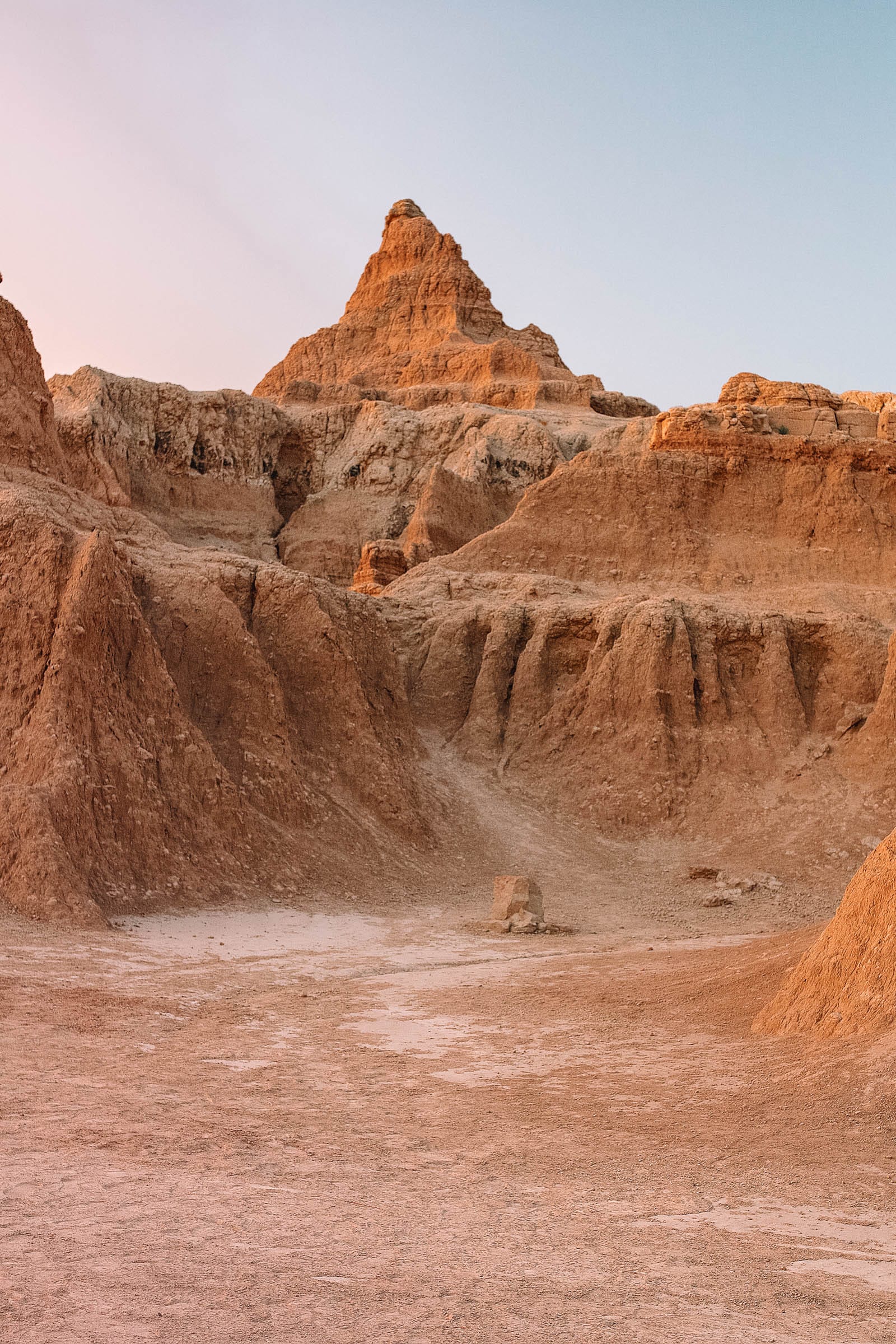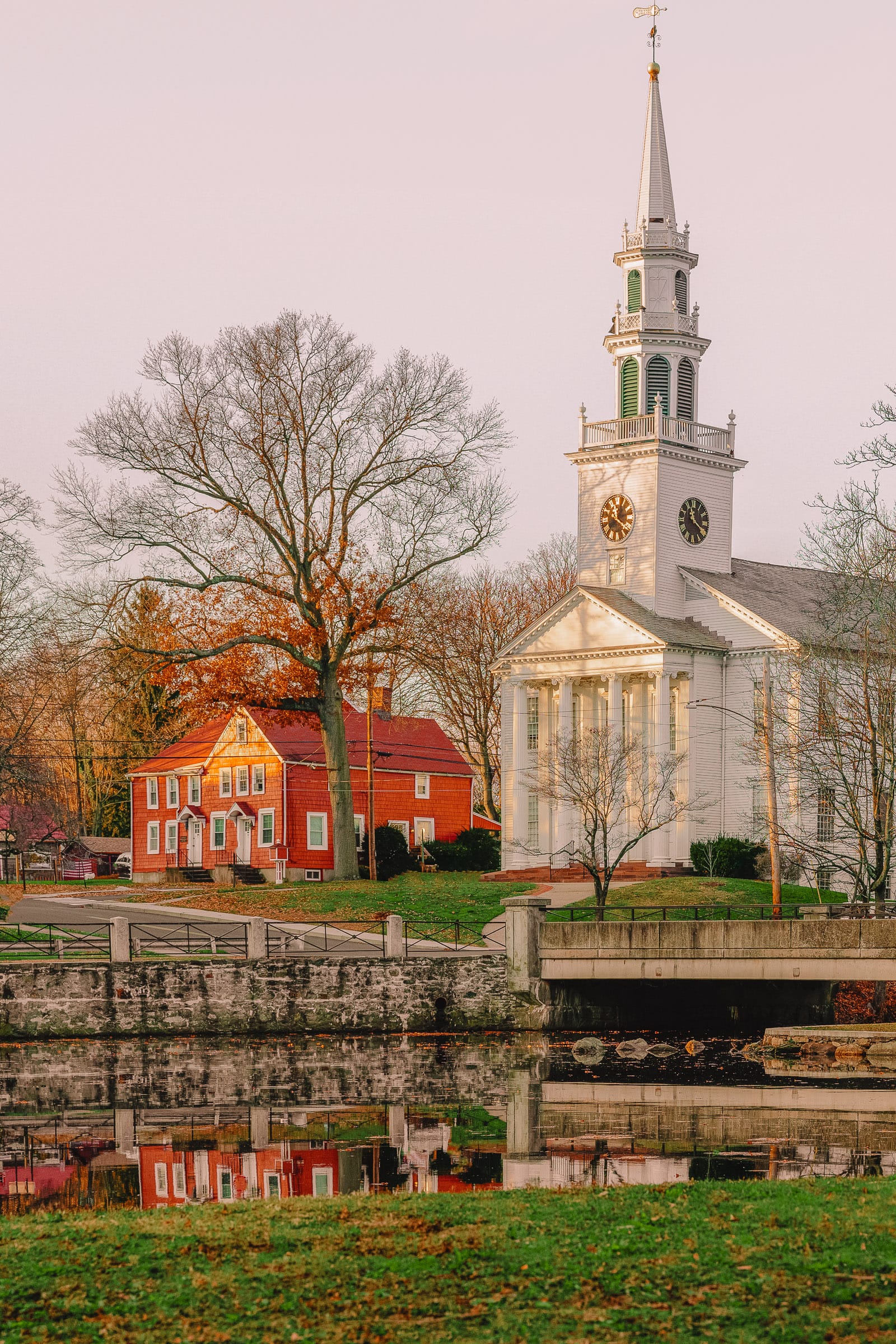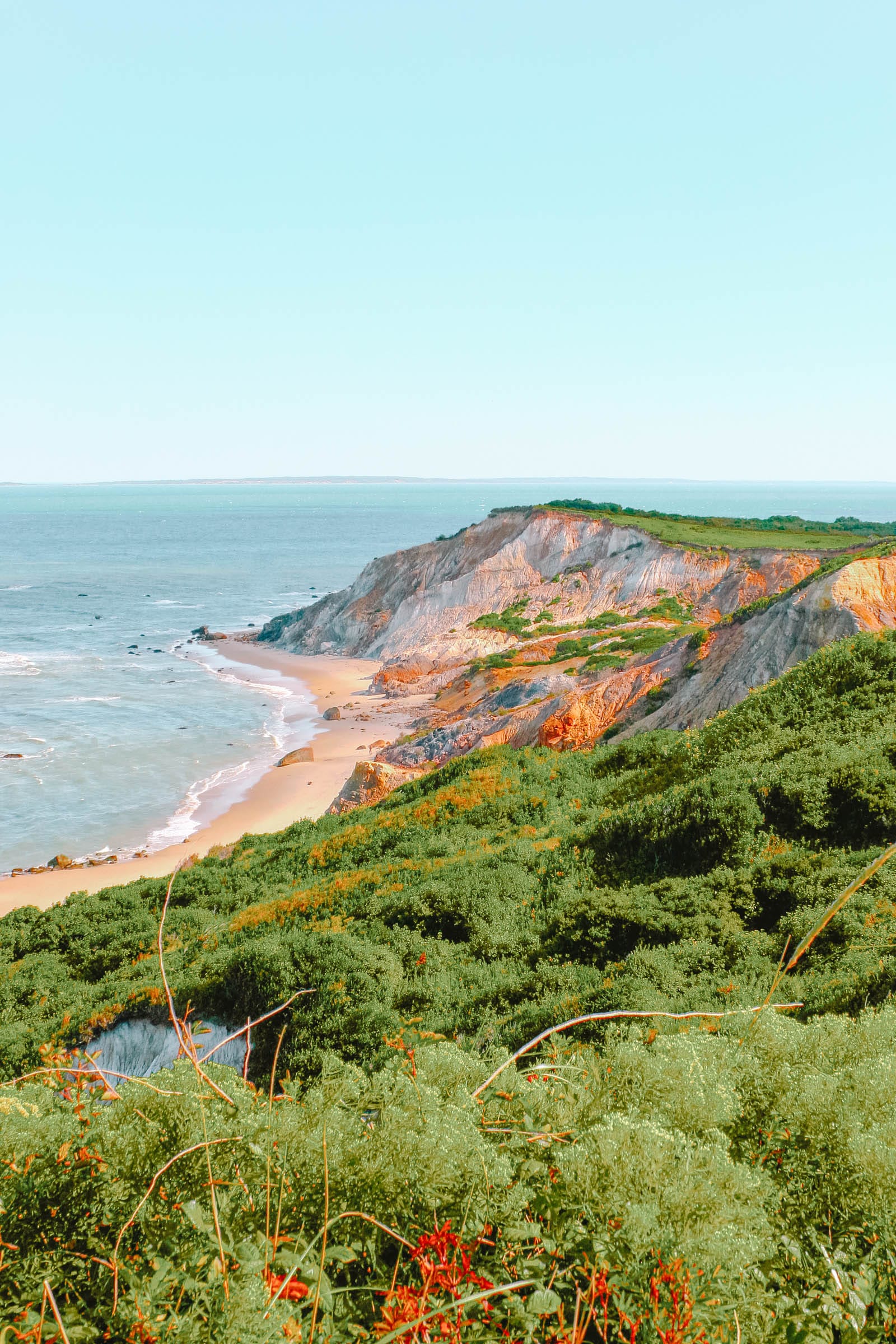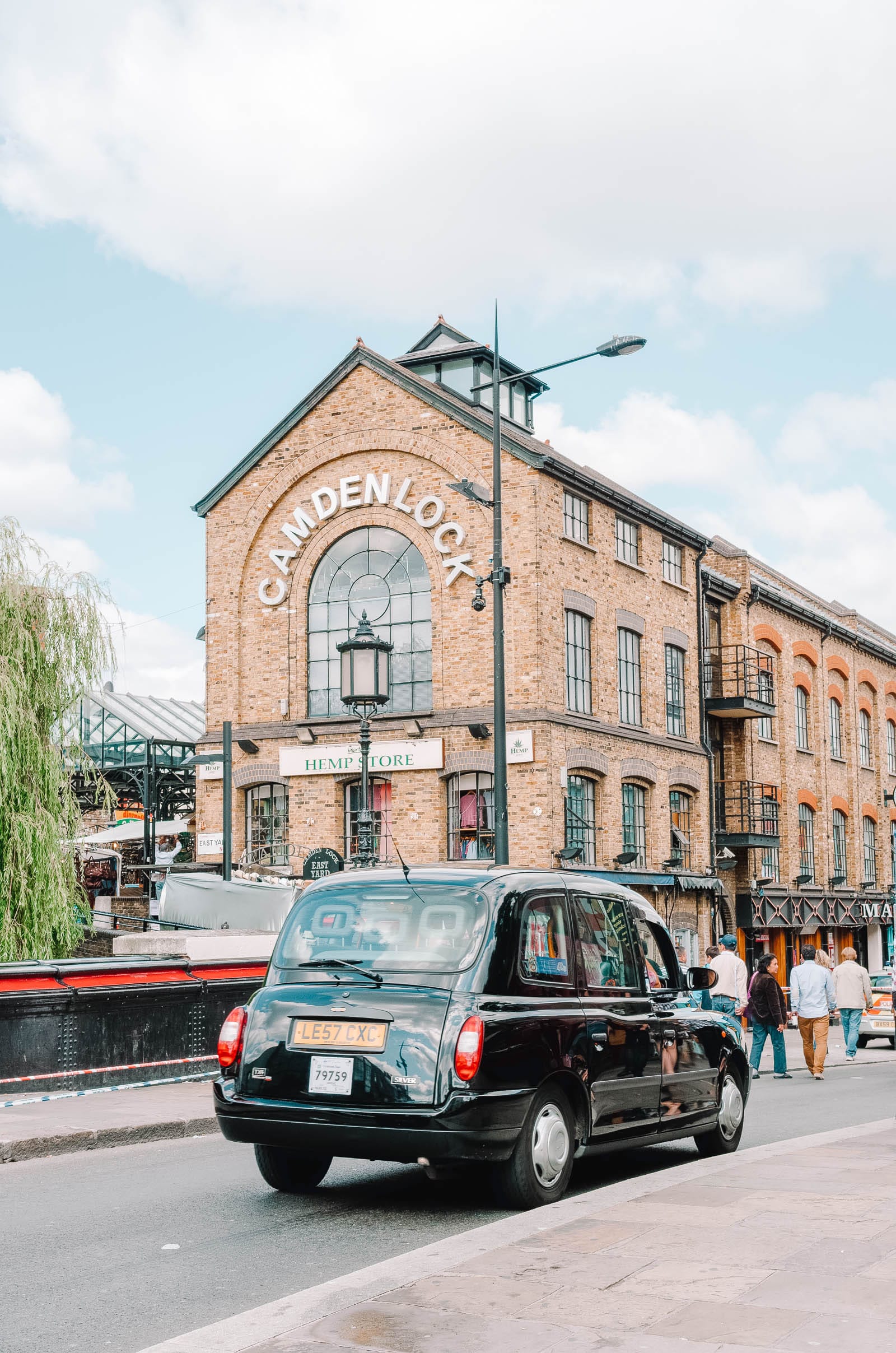Summary of Festivals in North East India
- Hornbill Festival, Nagaland
- Ziro Festival of Music, Arunachal Pradesh
- Bihu Festival, Assam
- Myoko Festival, Arunachal Pradesh
- Wangala Festival, Meghalaya
- The Aoling Festival of the Konyak Tribe, Nagaland
- Mopin Festival, Arunachal Pradesh
- Moatsu Festival, Nagaland
- Dree Festival, Arunachal Pradesh
- Torgya Festival, Arunachal Pradesh
- Nongkrem Dance Festival, Meghalaya
- Ambubachi Mela, Assam
- Chapchar Kut, Mizoram
The many festivals in North East India highlight the region’s rich indigenous culture with folk songs, tribal dances, food, and crafts.
Hornbill Festival, Nagaland

Nagaland, which shares a border with Myanmar, has embraced tourism extensively. The Hornbill Festival is perhaps the most famous and largest of the North East India festivals, making it a significant attraction for visitors. Named after the state’s most admired bird, the festival showcases the heritage of the 16 tribes, featuring traditional dances along with hunting and waring skills. Over the years, the Hornbill Festival has evolved to include the Hornbill National Rock Concert, attracting bands from all over India and hosting a vibrant night market.
- When: December 1-10 each year
- Where: Kisama Heritage Village, in Kohima district
Ziro Festival of Music, Arunachal Pradesh

The Ziro Festival of Music takes place in one of India’s most picturesque locations, characterized by lush paddy fields and pine-clad mountains. This iconic outdoor music festival features a lineup of 30 indie bands from across the globe, as well as folk acts from Northeast India, highlighting it as one of the premier outdoor music events in the country. Attendees can enjoy camping facilities during the festival.
- When: September
- Where: Ziro, Arunachal Pradesh
Bihu Festival, Assam

Renowned for its renowned tea gardens and the rare Great Indian One-Horned Rhinoceros, Assam hosts three major cultural festivals collectively known as Bihu, marking significant periods in the agricultural calendar. The most vibrant among these is Bohaag Bihu (or Rongali Bihu) celebrated in spring during the seeding season with extensive singing and dancing, signaling the New Year. The festivities include worship dedicated to cows on the first day, visiting friends on the second, and deity worship on the third day.
Kaati Bihu marks the completion of the paddy transplanting and involves lighting lamps for departed souls. The harvest season concludes with Maagh Bihu (or Bhogali Bihu), celebrated with bonfires, feasting, buffalo fights, and pot-breaking.
- When: Bohaag/Rongali Bihu (mid-April each year), Kaati Bihu (mid-October each year), and Maagh/Bhogali Bihu (mid-January each year).
- Where: The Assam Tourism Department organizes the special Rongali Utsav at Srimanta Sankardeva Kalakshetra, Guwahati.
If your visit coincides with Maagh/Bhogali Bihu, consider timing it with the Brahmaputra Beach Festival, an event blending culture and adventure sports such as traditional Bihu dances, food, crafts, cultural exhibitions, paragliding, boat cruises, canoeing, rafting, and beach volleyball. Located along the banks of the Brahmaputra River (entry from Sonaram field, Bharalu, overlooking Umananda island), it offers outdoor enthusiasts plenty of enjoyment.
Another significant Assamese festival coinciding with Maagh/Bhogali Bihu is the Dehing Patkai Festival, named after the Dehing river and Patkai range. Providing diverse attractions, it features fairs, tea heritage tours, golfing, adventure sports, hiking, wildlife explorations, and visits to Stilwell Road and World War II cemeteries.
- When: January each year
- Where: Lekhapani, Tinsukia district of Assam
Myoko Festival, Arunachal Pradesh

The Myoko festival is a month-long event celebrated by the Apatani Tribe. This traditional tribal festival involves rituals for prosperity, fertility, and purification performed by the village shaman or priest across three communities in Ziro – Diibo-Hija, Hari-Bulla, and Hong. With many cultural elements like folk performances and processions, the festival is rich in heritage.
The shaman plays a central role in these festivities, which begin at dawn on the second day with each clan collecting pigs for ritualistic sacrifice. Sacred prayers and mantras are recited as women sprinkle rice beer and flour, followed by the procession of pigs to their respective homes for slaughter.
- When: Late March each year. The events on the second, third, and fourth days will be particularly engaging for visitors.
- Where: Ziro, Arunachal Pradesh
Wangala Festival, Meghalaya

The Wangala Festival is the most significant harvest festival for the Garo tribe in Meghalaya. Honoring the Sun God of fertility, the festival marks the completion of the sowing season and the agricultural year. Celebrated through rhythmic drumbeats, horn blowing, and traditional dances, the highlight is the collective beating of 100 drums (nagaras), giving rise to its alternate name, the 100 Drum Wangala Festival. Additional attractions include dance competitions, cooking contests, indigenous games, and exhibitions of handlooms and handicrafts.
- When: Second week of November each year
- Where: Asanang village near Tura in the Garo Hills
The Aoling Festival of the Konyak Tribe, Nagaland

Previously known as deadly headhunters, the Konyak tribe now leads a peaceful life mainly focused on agriculture, enjoying local alcohol, and practicing their cultural traditions. The Aoling Festival is celebrated after the annual sowing of seeds, marking the onset of spring and a new year. This festive period is filled with cultural vibrancy, including engaging dances and rituals.
- When: April 1-6 each year
- Where: Mon district of Nagaland
Mopin Festival, Arunachal Pradesh

The Mopin Festival honors goddess Mopin, focusing on the prayers for prosperity and the warding off of evil spirits. This harvest festival of the Galo tribe includes an indigenous folk dance called Popir, performed by young women, and traditional rice wine (apong) prepared by the Galo community, underscoring the hospitable nature of this festival.
- When: Early April
- Where: East Siang and West Siang districts of Arunachal Pradesh. Large festival celebrations take place at Mopin Ground, Naharlagun, near the capital Itanagar.
Moatsu Festival, Nagaland

The Moatsu Festival, celebrated by the Ao tribes of Nagaland, marks the end of the planting season with joyous celebrations. Activities during the festival center around harvest, characterized by singing, dancing, and merriment. A key feature is the Sangpangtu, where men and women don their finest attire and gather around a fire to indulge in feasting on meat and wine.
- When: First week of May each year
- Where: Mokokchung district villages (notably in Chuchuyimlang village), Nagaland
Dree Festival, Arunachal Pradesh

Dree is an agricultural festival celebrated by the Apatani tribe, involving sacrificial offerings and prayers to the gods who protect their crops. Presently, the festival features folk songs, traditional dances, and cultural performances, contributing to its vibrant atmosphere. A “Mr Dree” contest is hosted as a platform for men to showcase strength, agility, stamina, and wisdom.
- When: July 4-7 each year
- Where: Ziro, Arunachal Pradesh
Torgya Festival, Arunachal Pradesh
The Torgya Festival is a three-day celebration observed by the Monpa tribe in Arunachal Pradesh. Rituals, including sacred dance performances adorned in traditional attire by monks occur in the monastery’s courtyard to drive away evil spirits and bring prosperity to the community.
- When: Late January each year. The most elaborate celebrations happen every third year, known as Dungyur Chenmo (the last was in 2016).
- Where: Tawang Monastery, Arunachal Pradesh
Nongkrem Dance Festival, Meghalaya

The annual Nongkrem Dance Festival, a five-day harvest thanksgiving celebration of the Khasi tribe, showcases traditional dancing performed by young men and women in exquisite attire. For those who are vegetarian or animal lovers, please note that the festival features the ‘Pomblang’ or goat sacrifice as one of its essential elements.
During the Nongkrem dance, unmarried girls, adorned in elaborate attire, gold, silver ornaments, and yellow flowers, participate in the dance, creating a mesmerizing circle.
- When: November each year
- Where: Smit, approximately 15 kilometers from Shillong
Ambubachi Mela, Assam

The Ambubachi Mela is a Tantric fertility festival that signifies the menstruation period of Goddess Kamakhya. During this time, her temple remains closed for three days, reopening on the fourth day to a wave of devotees who seek bits of cloth believed to be soaked in her menstrual fluid. This ritual is considered highly auspicious and powerful, attracting numerous Tantric sadhus from both India and abroad, many of whom engage in unique rituals and exercises during the event. The festival also features a vibrant crafts fair.
- When: Late June each year
- Where: Kamakhya temple, Guwahati, Assam
Chapchar Kut, Mizoram

Chapchar Kut is a vibrant harvest festival named after the bamboo that is harvested, dried, and prepared for burning, which then leads to subsequent agricultural activity. The festival’s signature bamboo dance, known as cheraw, features women gracefully dancing while men beat bamboo sticks against each other, creating a rhythmic spectacle. The event includes various tribal dance performances, art displays, handicrafts, concerts, flower shows, and an assortment of food stalls.
- When: March each year
- Where: Aizawl, the capital of Mizoram, as well as Lunglei and Saiha
